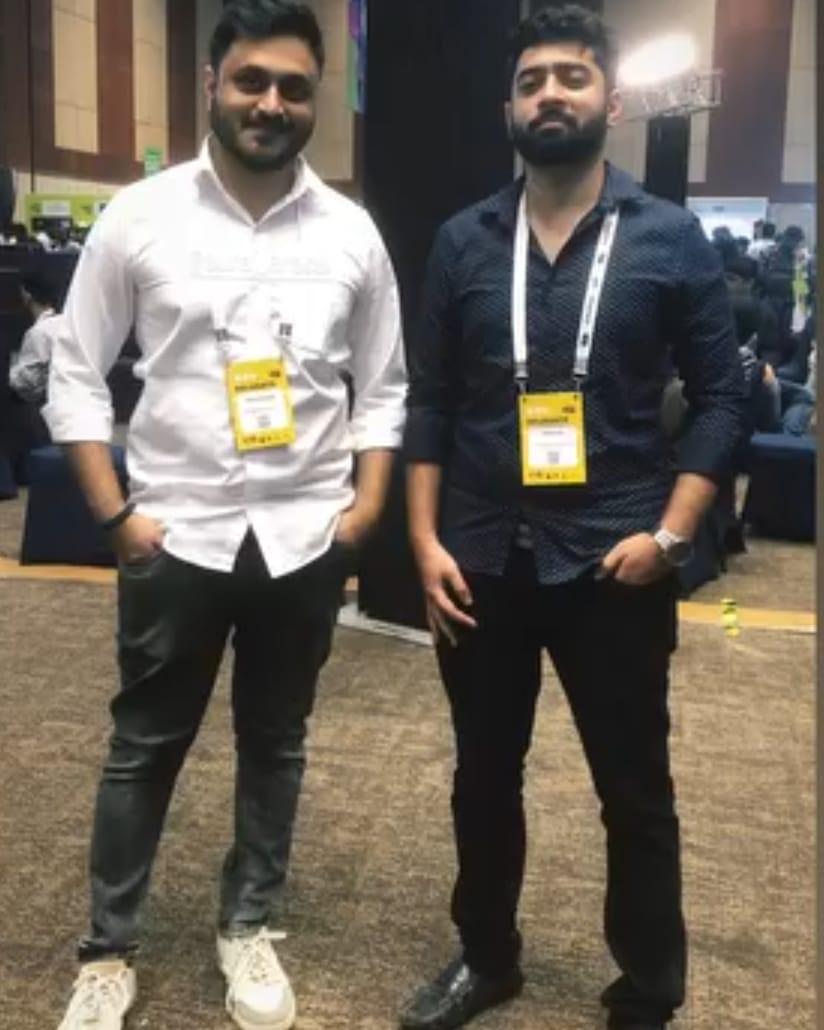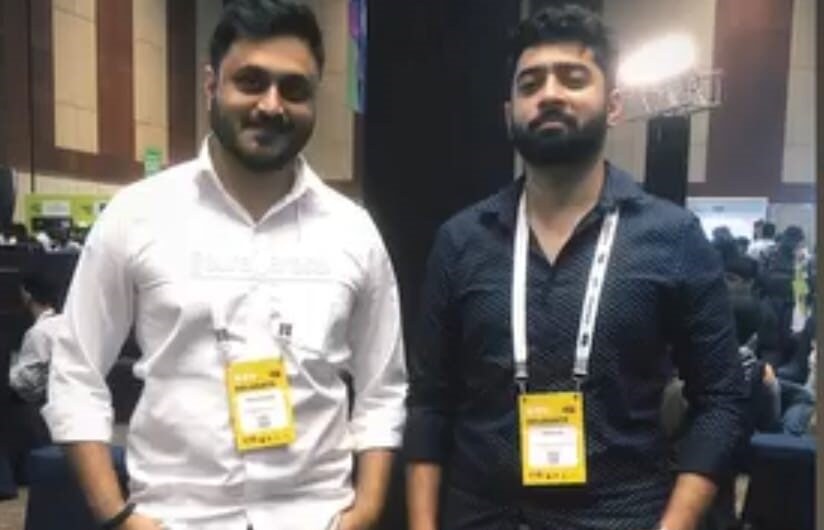


Bengaluru: Life is a game, undoubtedly, but what if gaming was life itself? For Suraj Erasal, a former actor and music aficionado, the latter is now a passionate reality, not just its virtual version.
Did you now that the video game industry in India is a 4-billion-dollar behemoth, and is projected to grow to 9 billion US dollars by 2029?
There are two major components in a video game — one is obviously the visuals and the other — often most ignored — is the musicals.
It is the background music in the video game that often produces the drive in the player to ‘game the game’ better.
And this what Nithin R, a trained musician who created the score for Kannada film Munduvareda Adhyaya, is working to ace.
To his credit, Nithin has composed music for stalwarts such as Raghu Dixit, Sanjit Hegde, Ananya Bhat, Anthony Das, and Hemanth, and is now working along with Suraj on creating background scores for video games.
Suraj is known for featuring in the track Nenapu by T-Series whose music was composed by Nithin.
How did Red Taiger come about?
Suraj and Nithin realized that the video gaming industry is a burgeoning enterprise with 20 percent of the world’s gamers being Indian.
However, while Indians are the largest contributors to the success of this sector, they are nowhere close to being its largest beneficiary.
Together, the duo did extensive research on market trends and found that while India had all the talent and skill sets needed to own the game, they were being used as cheap labour by international game companies to do their bidding.
In short, many video games were being made by Indians, for international masters, with little domestic economic percolation effect.
It is in this context that they formed Red Taiger Productions to fill this void.
While interacting with the author, they revealed that most big names in the gaming industry were outsourcing their work to India, and reaping huge benefits therefrom.
When asked why ‘Make in India’ was not a ‘virtual reality’, they said Indian studios did not have the big budgets required to produce big games.
For the record, there are two kinds of video games currently in the market — one is ‘Indie’ and the other ‘AAA’. Indie refers to the ones produced by small studios in India, while the latter refers to productions by corporate bigwigs.
Sensing the market potential, the big guns are now working on creating the infrastructure to create AAA games, they reveal.
Popular games
Suraj tells TBM that in the recent past, there has been an explosive connect with cultural/mythological themes in the video gaming space.
Many video games based on themes such as Ramayana, Mahabharata, Chola and Vijayanagara empires have been released, holding gamers in complete thrall.
Prime Minister Narendra Modi is also reported to have acknowledged the importance of this sector in the Lok Sabha, and recently released a game which features an Indic theme.
Suraj pointed out that though the game in question was based on an Indic theme, the background score for the production was by a non-Indian musician.
In this context, he felt that ‘Make in India’ should mean ‘Make for India’.
And who better would understand the musical soul of domestic video gamers than artists bred within the system, he suggests.
They say India has everything – the talent, the skills, and the drive to excel. The only impetus is organization. Once a conglomeration of players is in place, ‘Level Next’ is not far off.
Recent collaboration
Red Taiger has recently collaborated with ‘88 Games’, a subsidiary of ‘88 Pictures’ for their upcoming video game ‘Kapih’, which is based on the Ramayana.
Their vision is to make India a force to reckon with in the video game space with substantial focus being on the musicals, along with the visuals.
They say people in the industry must look at the music as being integral to the gaming experience and not just incidental to it.
They go one step further and assert that the music is actually the soul of the game, as it alone drives the adrenaline, thereby making the experience immersive.
Therefore, the music should be looked at as an investment and not as expenditure, they feel.
DataSpeak
- 20 percent of the global gaming population is Indian — currently 551 million
- Mobile gaming is currently the most popular form of the sport
- Online gaming industry in India has grown 28 percent to Rs. 16,428 crores, as per 2024 data.
- The sectoral projected growth rate is 14.9 percent (CAGR) — double the global growth rate, according to a PwC report.
- 77.9 percent of gaming revenues is from mobile gamers.
(Figures and facts compiled by Suraj Erasal)





